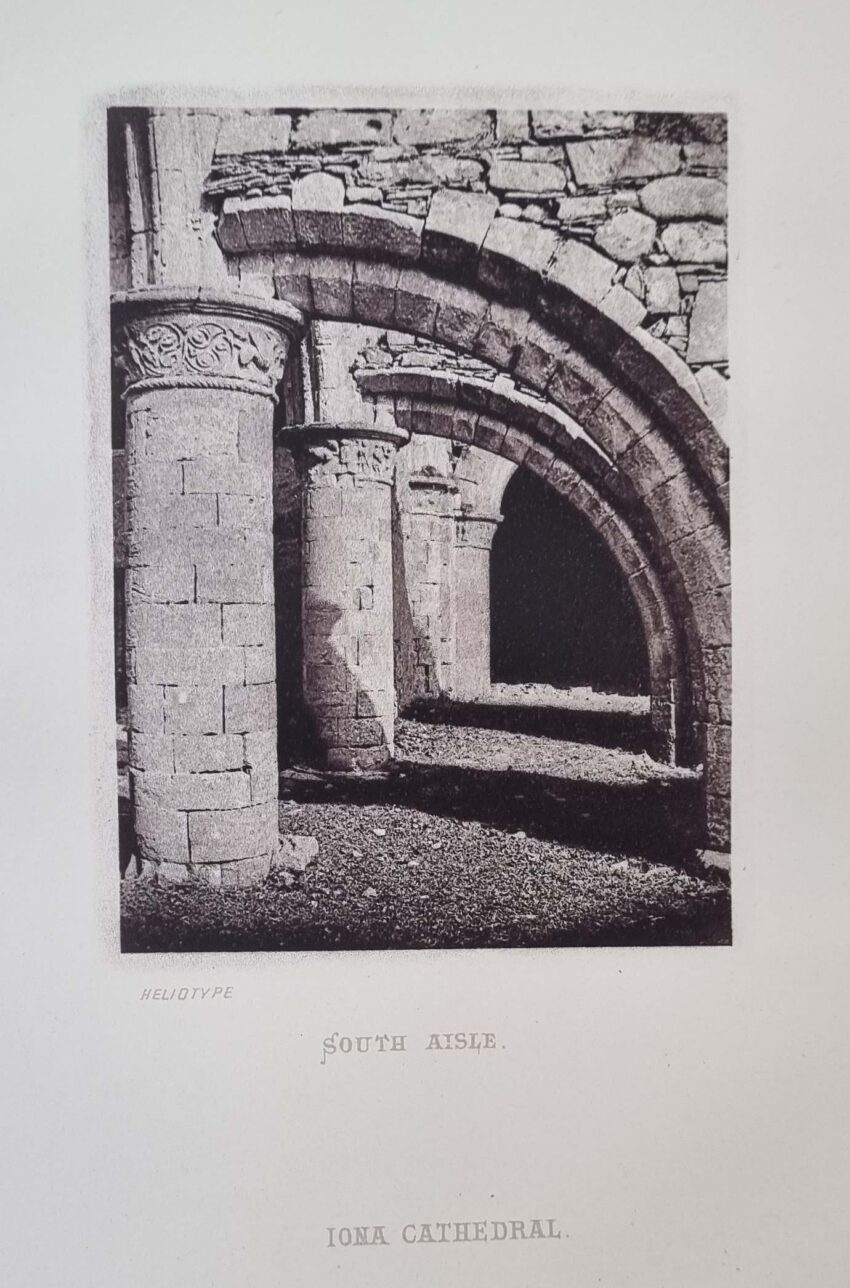(I don’t know if anyone really cares what the first book to deploy the relatively minor Heliotype was, but the pictures are lovely and it’s not a long tale, so..) The Heliotype was one of a number of collotype photomechanical printing processes developed during the 1860s and capable of printing directly onto paper. It was…
Weblog
Ned Boulting’s “1923: The Mystery of Lot 212 and a Tour de France Obsession”
(Some years ago my workplace hosted The Cycling Podcast on its visit to Edinburgh, and I’d wondered if my paths had crossed with Ned Boulting’s that evening. He was heading up his one man show “Tour de Ned” however and hadn’t been with us then. But it turns out that Ned went through his teens…
Photographic Incunabula for £2: Thomas Annan’s photographs for Scott’s Marmion
This is all one of those happy accidents, frankly: my institution is hosting a lecture on Hamilton Palace on May 21st, and I’d been discussing with a friend of the Library the possibility of loaning for display a pair of magnificent Thomas Annan prints of the Palace. The prints are part of a very interesting…
One for Each Finger of the Hand: The Five Title Page Problems of Hill and Adamson’s 1846 “Series of Calotype Views of St. Andrews”
In my recent talk to the Royal Photographic Society’s Historical Group about the 1846 Series of Calotype Views of St. Andrews, I touched on the strangeness of the title page (the “gold” typeface, the questionable publication statement, the vignette etc.). I’ve worried away at this since and want to offer some potential clarifications. The title…
Notes on “Returning to Robert Adamson: the Origins of “A Series of Calotype Views of St. Andrews”
In October 2022, a near-pristine example of the scarce 1846 Hill and Adamson album A Series of Calotype Views of St. Andrews came to light at the Signet Library in Edinburgh, and early last week I presented a talk about the album to the Royal Photographic Society’s Historical Group: Bluntly, we at the Signet Library…
The Brodie Album of Hill and Adamson Calotypes
The collecting of Hill and Adamson’s calotypes and prints, individually and collected into albums, remains open and exciting territory for scholarship. This description of an album now in the care of the National Library of Scotland is the first in a short series that seeks to draw attention to some interesting examples and the questions…
First Meeting with Photographic History
I don’t remember, as a child, there being photographs of people on any walls or mantlepieces at home. Nor were there family photograph albums, or at least, none that I knew about. But what there was was a number of thin albums of Victorian and Edwardian photographs of classes at the local primary school, and…
Jonathan Raban on Montana photographer Evelyn Cameron (b. 1868)
Jonathan Raban’s travel memoir of the Montana prairies, Bad Land: An American Romance (1996), makes brilliant use of an aside into photographic history to make a point about the nature of the landscape. He begins by relating his own difficulties with his Pentax Zoom 105, whose widest focal length of 38mm had been more than…
Germaine Krull and Photographers’ Travels
One of the grand narratives of the story of European photography between the wars is that of the westward journey taken by so many of the great practitioners, from Hungary, Austria and Poland, to Berlin, first, and then, as the forces driving the journey catch up with them, on to Amsterdam and to Paris. Somehow…
Dating from Emulsions
There came a point when I’d seen sufficient historical photographs to be able to date them instantly within a decade or so from the emulsion of the print rather than by any chronological giveaway in the image from fashion or cars. Calotypes of the 1840s look as if God had dimmed the sun, for instance,…



